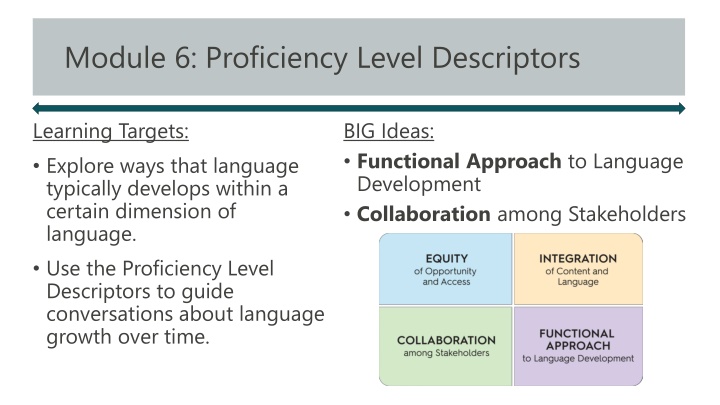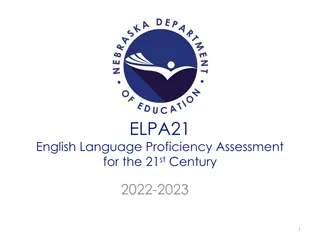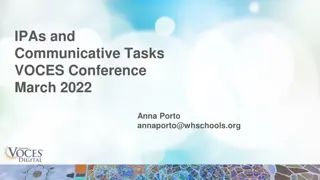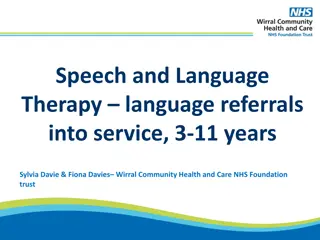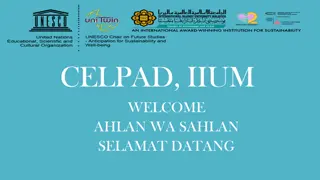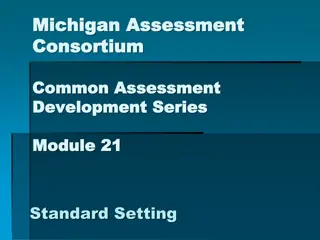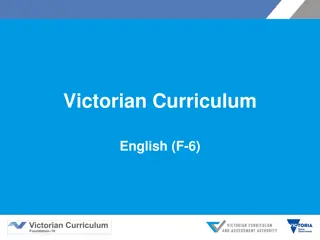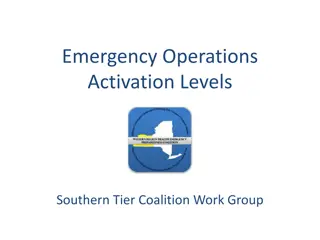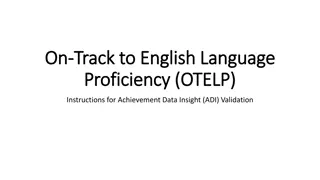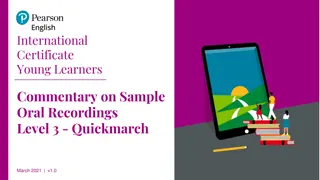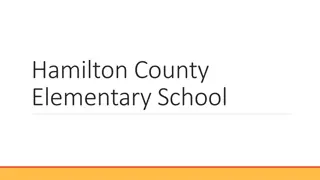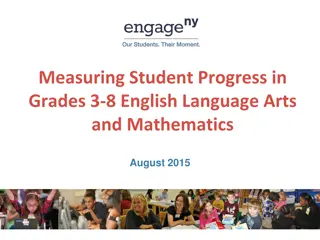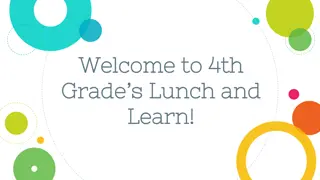Language Development and Proficiency Level Descriptors in Educational Settings
Explore the Proficiency Level Descriptors and characteristics of language development in different dimensions, focusing on ways language evolves and the collaboration among stakeholders. Delve into how discourse progresses across the six proficiency levels and how teachers can utilize PLDs to support multilingual learners. Additionally, discover how the NGSS-4PS3.2 standard can be integrated into a 4th-grade science unit.
Download Presentation

Please find below an Image/Link to download the presentation.
The content on the website is provided AS IS for your information and personal use only. It may not be sold, licensed, or shared on other websites without obtaining consent from the author.If you encounter any issues during the download, it is possible that the publisher has removed the file from their server.
You are allowed to download the files provided on this website for personal or commercial use, subject to the condition that they are used lawfully. All files are the property of their respective owners.
The content on the website is provided AS IS for your information and personal use only. It may not be sold, licensed, or shared on other websites without obtaining consent from the author.
E N D
Presentation Transcript
Module 6: Proficiency Level Descriptors Learning Targets: Explore ways that language typically develops within a certain dimension of language. Use the Proficiency Level Descriptors to guide conversations about language growth over time. BIG Ideas: Functional Approach to Language Development Collaboration among Stakeholders
Proficiency Level Descriptors (PLDs) Proficiency Level Descriptors for Interpretive Mode Expressive Mode are found at the end of each grade band section in the WIDA ELD Standards Framework
Characteristics of the PLDs In the Proficiency Level Descriptors: The word text includes oral, visual, and written forms. Each of the six language proficiency levels builds on the others. Descriptions of language use refer to how it is used at the end of each language proficiency level. Appropriate scaffolding is needed for students to move through the proficiency levels.
Breakout Room Discussion Look at the Proficiency Level Descriptors for the Expressive Mode for one grade band: What do you notice about how discourse develops across the 6 levels? What are some language features that students at this grade level will need to reach proficiency at the sentence and word/phrase level? How might teachers use these PLDs to support multilingual learners to meet grade-level expectations?
Lets Practice Unit Overview: This unit focuses on the idea that sound energy produces vibrations that travel in waves and are transferred through air particles. Essential Question: How do sound waves produce and transfer energy? Content Standard: NGSS-4PS3.2 Make observations to provide evidence that energy can be transferred from place to place by sound, light, heat, and electric currents. Summative Assessment: Students will demonstrate comprehension of these concepts by writing explanations of how a singer breaks a glass with their voice. 4th Grade Science Unit How can we use the Proficiency Level Descriptors for grades 4-5 to establish criteria for the summative assessment task?
Lets Practice 9th Grade ELA Unit Unit Overview: Students read excerpts from two texts (nonfiction and fiction), Rilke s Letters to a Young Poet and Mitchell s Black Swan Green. These two texts are juxtaposed, allowing for a study of key ideas and characters across texts. Essential Question: How is language used to convey central ideas in works of fiction and informational texts? Content Standard: CCSS.ELA-LITERACY.RI.9-10.3 Analyze how the author unfolds an analysis or series of ideas or events, including the order in which the points are made, how they are introduced and developed, and the connections that are drawn between them. How can we use the Proficiency Level Descriptors for grades 9-12 to establish criteria for the summative assessment task? Summative Assessment: Students write a formal, multi-paragraph response to the following prompt: Identify similar central ideas in Letters to a Young Poet and Black Swan Green. How do Rilke and Mitchell develop these similar ideas?
Breakout Room Discussion Choose a unit example: Review the Language Expectations, Functions and Features that you identified previously as essential for meeting the success criteria for the unit. Review the Proficiency Level Descriptors for that grade band. How can we use the Proficiency Level Descriptors to establish criteria for the summative assessment task?
Collaboration Planning How can the Proficiency Level Descriptors be used to notice and monitor students language development across the year?
